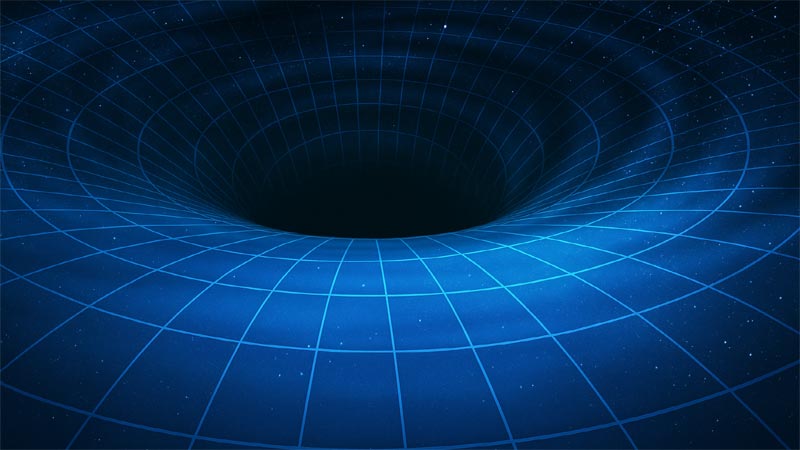What if love was born in the very first heartbeat of the universe?
Before galaxies spun, before light itself scattered — at the Singularity, that infinite, unbroken point where all that was and all that could be existed as one.
This is not merely a poem. It is a meditation — on the Big Bang, on the fabric of consciousness, and on a love so vast it stretches across billions of years.

I. Before the Beginning
“I wanted you while the Singularity existed,
the Big Bang, you still think about me.”
In the compressed silence before creation, matter and energy were not yet separate — nor were two souls who, across the unfathomable density of reality, could still feel each other.
Physically, perhaps oceans apart; but in consciousness, closer than breath.
II. Creation Unfolds
From the first nuclear synthesis came the seeds of the cosmos — stars blazing into existence, galaxies swirling into elegant spirals.
And amidst it all, a vision:
Your smile, radiant as plasma, stretched across the horizon of my mind.
We walked a path without shadows, lit not by the sun, but by the warmth of knowing.
III. Seasons of Love
Snow melts, flowers breathe their fragrance into the air.
You arrive, you depart, gifting dreams, taking dreams — and I wonder:
What is this love?
Millions of years pass in the blink of an eye, and still the question remains.
IV. The Spark and the Flight
A spark of joy ignites like gunpowder — sudden, unstoppable.
Winds race for miles, carrying us faster than thought.
We fly, we run, we float —
until time itself becomes a scalpel, dissecting reality into fragments.
V. Kings, Fakirs, and the Barricade of Life
Some walk as kings, others as wanderers.
We are all bound by Maya — the delicate yet unyielding fabric of desire and necessity.
And when one solitary thought dares to challenge the barricades of existence,
it whispers a truth that chills and comforts at once:
“Maybe the Singularity was better.”
Editorial Reflection
Kishore Karunik’s Singularity is more than a poem — it is a bridge between cosmology and human emotion. The imagery draws from the grandest scales of astrophysics yet remains tethered to the intimate pulse of love.
The Singularity here is not just the universe’s origin — it is the point where two consciousnesses meet, before time, before separation. It reminds us that in every atom of our being, there is a memory of that original unity.
Why This Piece Resonates
- For science lovers: It speaks in the language of the cosmos — Big Bang, nuclear synthesis, plasma.
- For romantics: It captures a love so enduring that even time cannot erode it.
- For philosophers: It asks whether creation itself improved upon the perfection of oneness — or merely scattered it.
Frequently Asked Questions about “Singularity”
What does “Singularity” mean in this poem?
In astrophysics, the Singularity is the point before the Big Bang when all matter, energy, space, and time were compressed into one infinite point.
In this poem, it becomes a metaphor for the origin of love — a state of perfect unity before separation.
How is science connected to the theme of love here?
The poem uses scientific events like nuclear synthesis, galaxy formation, and plasma to mirror the growth of love. Just as the universe expanded from a single point, love too begins as a singular spark and unfolds into countless moments.
Why does the author say “Maybe the Singularity was better”?
This line questions whether creation — with all its beauty and complexity — is better than the pure, undivided oneness that existed before. It reflects a longing for simplicity, unity, and a love untouched by time.
Is this purely fictional, or based on real science?
The scientific references — Big Bang, nuclear synthesis, plasma — are accurate. However, their use here is symbolic, connecting cosmic phenomena to human emotions.
Who should read “Singularity”?
Anyone interested in the intersection of science, philosophy, and poetry will find it compelling — from astronomy enthusiasts to romantics who believe love is as vast as the cosmos.

Your comment will appear immediately after submission.